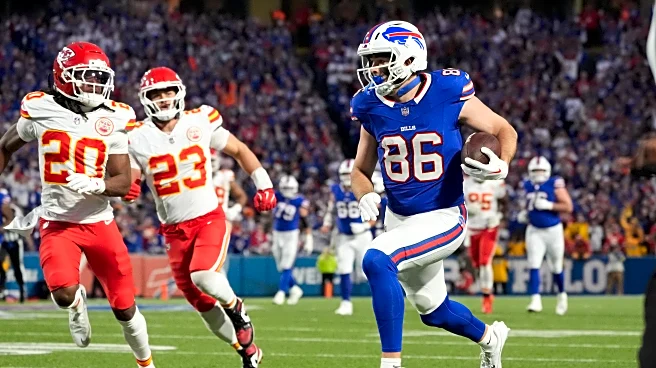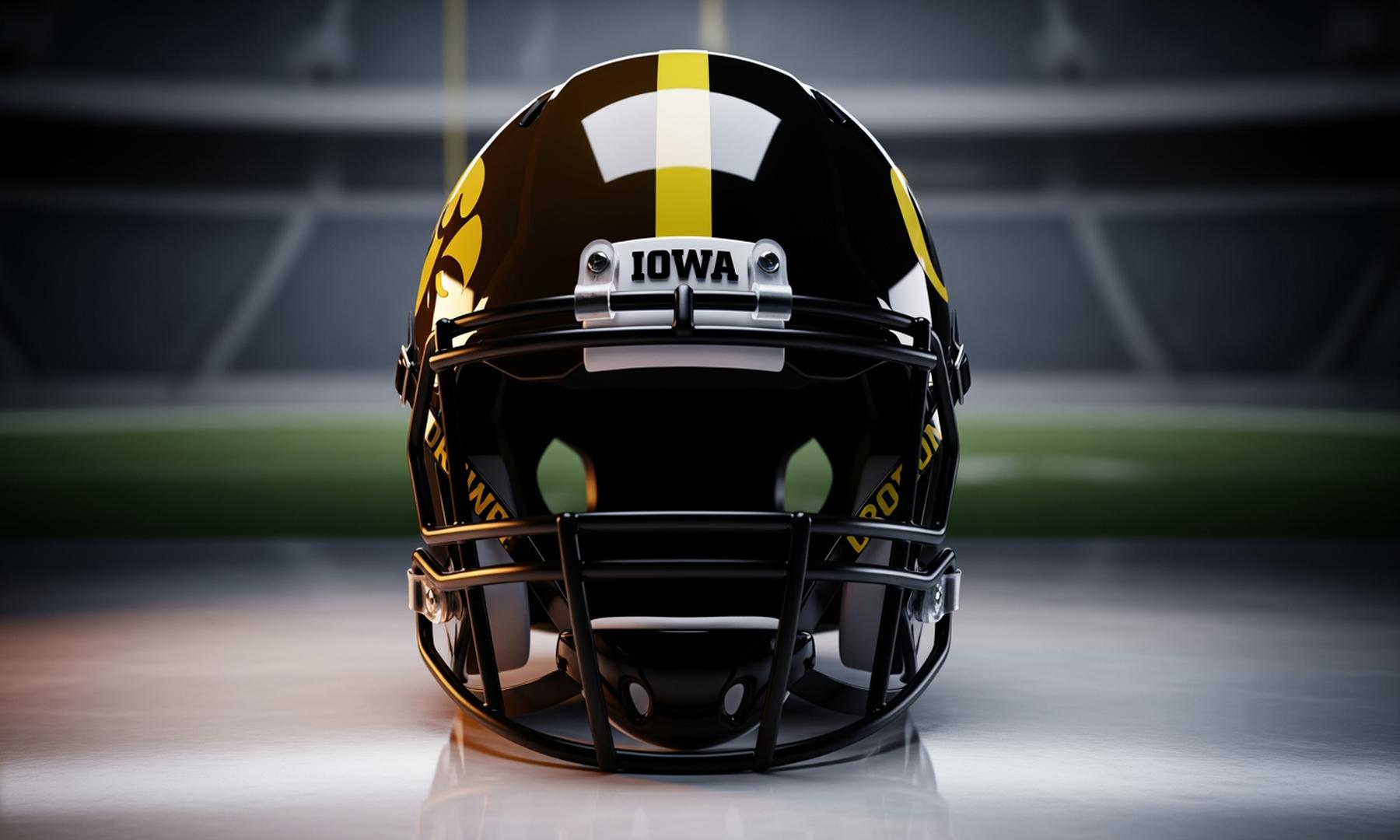On Sunday, not a lot went right for the Kansas City Chiefs’ defense during the team’s 28-21 loss to the Buffalo Bills.
The Bills had a rushing success rate of 47% — a mark that would rank among the league’s
top three — and a passing success rate of 65%, which would (by far) be the best passing offense ever. Buffalo generated a first down on 45% of its passing attempts and 26% of its rushing attempts. Josh Allen had an 88% completion percentage, averaging an efficient 6.3 yards per attempt. While the running game generated just 4.0 yards per carry, the Bills were able to turn to it whenever they needed. They also went 7 for 12 on third down.
Watching live, I noticed the defense was struggling when its three linebackers — Nick Bolton, Leo Chenal and Drue Tranquill — were on the field simultaneously. So I charted how Kansas City did in those situations.
The results were not great.
| Pkg | Type | Plys | Yds | Yds/Ply | Success Rate |
| 4-3 Base | Run | 15 | 56 | 3.7 | 46.7% |
| 4-3 Base | Pass | 4 | 68 | 17.0 | 0.0% |
| 3-3-5 | Run | 3 | 25 | 8.3 | 0.0% |
| 3-3-5 | Pass | 6 | 88 | 14.7 | 50.0% |
Note: data excludes any play with a quarterback sneak, as it skews the success-rate and yards-per-play metrics.
Outside of the Chiefs’ base defense against the run, Kansas City really struggled to defend when all three linebackers were on the field.
Let’s take a look at what went wrong.
3-3-5 against the run
The Chiefs only defended three runs from their nickel alignment, so there’s not too much to pick at.
This play was an important one during the Bills’ first drive, gaining 17 yards. The Bills are in 11 personnel, go under center and condense the formation. When they do this, it gets Kansas City into a 5-1 defensive front.
In a 3-3-5, teams typically put some of their linebackers on the line of scrimmage — typically on the edge — so offensive linemen can’t climb to the second level. This leaves the MIKE linebacker free to tackle.
Here’s the downside: the linebackers have to set the edge — which Chenal has to do here. While he is outstanding against the run, he doesn’t have long arms. This makes it harder for him to take on blocks when he’s on the edge. He gets pinned inside — and when Jaylen Watson also loses the edge, it leaves way too much space on the sideline.
3-3-5 against the pass
When the Chiefs defended the pass from the nickel, the Bills were able to get Dalton Kincaid a 23-yard touchdown and a 49-yard chunk play. With both plays, the main issue was poor communication.
On the Kincaid touchdown, I’m not quite sure what the Chiefs were trying to do.
Chamarri Conner gets caught in no-man’s land, not covering anyone. He’s not over the slot or the outside defender — and he’s well outside the box. It could be Kansas City is running a Cover-1 double on someone — but if they are, it’s not clear Conner knows who he’s doubling.
Whatever it is meant to do, this alignment puts Tranquill on Kincaid — who is too fast and athletic for the linebacker to defend on a slot fade — and there’s no help behind him.
The other play also had some poor communication.
The coverage on this sanp appears to be Tampa 2. The Chiefs drop two deep safeties. Conner is the pole runner down the middle, carrying the vertical route from the slot. The Bills run two underneath in-breakers to the strong side and have Kincaid run a deep dig from the back side.
Chenal carries his in-breaker instead of passing it off to Tranquill, who is left in no man’s land covering a large area against Kincaid. Cornerback Nohl Williams is on the back side, but he’s stuck deciding where to drop; he’s too late to get into the dig window — and Kindcaid gets a big chunk of yardage.
4-3 base against the run
As the game continued, the defense improved at defending the run from its base alignment. It changed its fronts, moving the safeties closer to the line of scrimmage. While these next three plays stand out as poor, Kansas City generally did well while defending the run from its base formation.
The three runs have some commonalities.
First, the Bills are in 22 personnel — two tight ends and a fullback. Second, the Chiefs have two deep safeties on each play. That means Kansas City is outgapped; there aren’t enough defenders in the box to account for all blockers and gaps. This makes it too easy for Buffalo’s elite, physical offensive line to seal and displace the Chiefs’ defensive tackles.
4-3 base against the pass
A byproduct of the Bills running so much 22 personnel was that it got defenders creeping more toward the run.
That’s what happens here. Jaylen Watson starts to set the edge, but the Bills leak a tight end behind him. By the time he realizes it, he can’t catch up — and Buffalo gets a chunk of yardage. Buffalo makes a very good play-call that catches the Chiefs.
The bottom line
Kansas City struggled when putting more linebackers on the field. Against the Bills, that’s a problem. People often think of Buffalo as a spread passing team — but over the last three years, it has completely flipped its identity. It is now a run-first, heavy-personnel offense. The Bills like to put run blockers on the field and maul you. Kansas City’s defense isn’t built to live that way snap after snap — and on Sunday, it showed.
So the Chiefs will need to be more prepared to play in base. Their coverage communication needs to be better — and they must do a better job of holding gaps, getting off blocks and matching numbers in the box.












